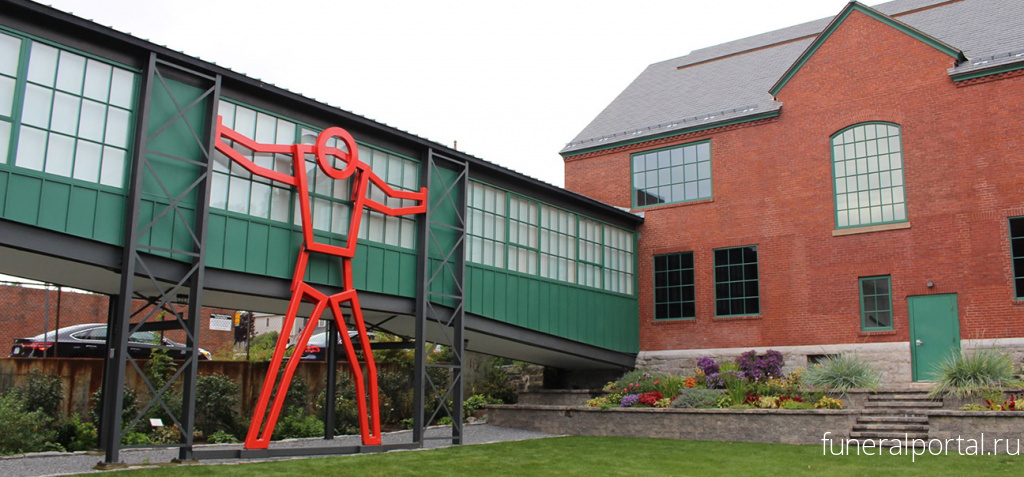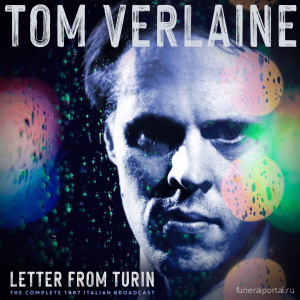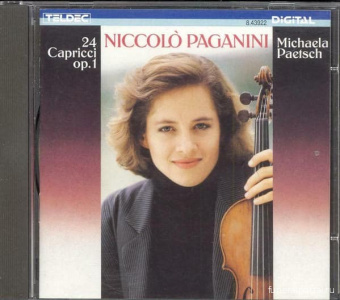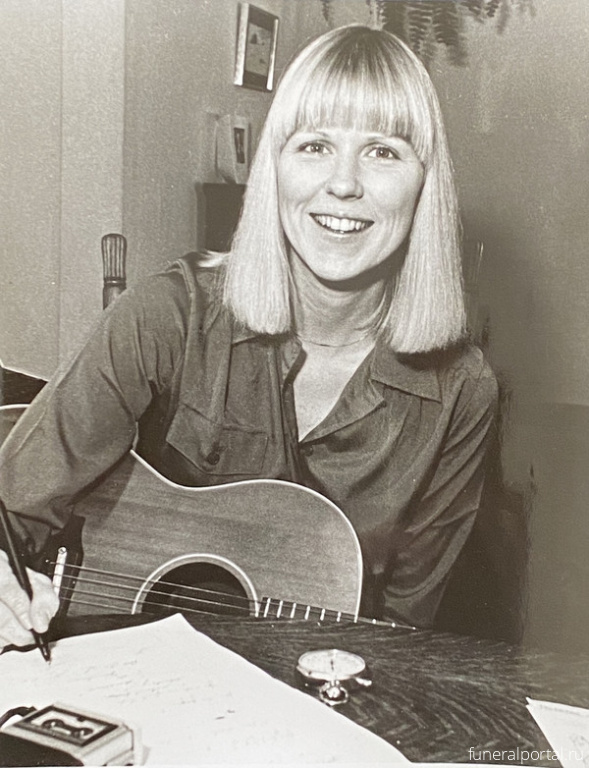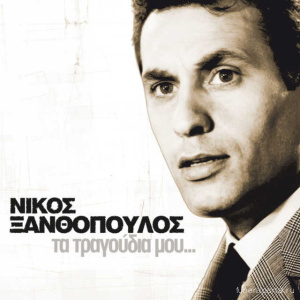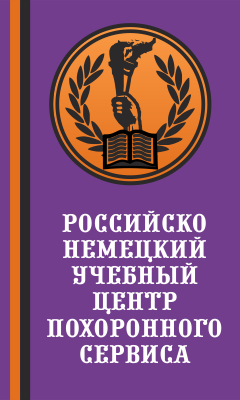Antiqued prints of medical x-rays. A photogram of a stone recalling a ghostly human face. A discarded snakeskin, delicate and brittle, rendered in a digital print of a photogram.
Artist Jo Sandman, now 89, has spent a good part of her long career exploring themes of mortality, impermanence and transition. Her work points to the fragility of life and the bitter realization that we’re here for only one fleeting moment until, suddenly, we’re not.
That’s what makes Sandman’s work, on view at the Fitchburg Art Museum beginning July 22, poignantly appropriate for this pandemic moment. As we collectively face the specter of our own inevitable demise made painfully obvious by COVID-19, “Jo Sandman: The Photographic Work” invites us to revisit the transitory nature of our own existence, but not in the way we might while viewing panicked nightly news reports from the frontlines of hospital emergency rooms. Instead, Sandman’s meditation on death and impermanence is slow, contemplative, even lyrical. The work alludes to myths, dreams and poetry, conjuring up what Sandman has described as “a fragile, haunting presence, a kind of apparition emerging from dark space.”

And indeed, the 40 odd images on view at FAM through Sept. 6 are quite a haunting presence, adroitly juxtaposing Sandman’s modern sensibility honed by years of abstract painting with an exploration of vintage techniques. (The show originally opened in February but closed in March due to concerns over the spread of COVID-19 concerns.)
Featured in the exhibition are Sandman’s own medical radiographs, including an X-ray of her wrist, taken during a period in which she was contending with carpal tunnel syndrome. Printed in sepia tones, the images blend the 19th-century Van Dyke Brown printing process with the 20th-century diagnostic tool, cleverly melding technological history. Tooth fillings and cervical vertebrae, ribs and skulls, reveal a vulnerability and delicacy that is everlasting and universal. X-rays make us uncomfortable, connoting, as they do, a brush with oblivion, an unexpected injury or an unwanted diagnosis.
Get local arts and culture news, artist resources and ways to stay creative at home sent to your inbox each week. Sign up now.
“In my previous work I was mainly working in an abstract mode and became interested in exploring the real-world including mortality and the tensions between the material and the spiritual,” said Sandman in an email exchange facilitated by her assistant, photographer Susan Lewinnek. “I wanted to continue to experiment as I had in the past, so I turned to 19th-century photographic processes, medical and digital imaging as well as working experimentally in the darkroom. It was an exploration of the human condition.”
Sandman’s “Memento Mori,” from 1998, is a series of supernatural visages fashioned by drilling into stones and shells found along a beach. Sandman made a Van Dyke Brown photogram of her stones printed on Arches watercolor paper. Emerging from the shadows, the apparitional phantasms hint at the primordial and the unknowable. Edward Munch’s “The Scream” flashes into mind, but here, there’s no horror and dread, just pure being. Another series of faces are photomontages of X-rays and found objects that are placed in free-standing Lucite frames. In “Transmission III” (2013), Sandman’s technique produces another ghostly face layered beneath circuit board imagery representing “the structures and strictures of society.”
Born and raised in Boston and working for many years out of her studio in Somerville’s Brickbottom Artists Building, Sandman holds a revered place in the canon of New England artists.
She got her bachelor’s degree in art at Brandeis and spent her summers studying at the Hans Hofmann School in Provincetown and at the avant garde Black Mountain College in North Carolina with the likes of Robert Rauschenberg, Cy Twombly and Robert Motherwell.
“That’s where Jo developed a passion for experimentation and reinvention which has played out in her career,” says FAM director Nick Capasso.

Jo Sandman, "Light Memory #2," 2006. (Courtesy Fitchburg Art Museum)
New England has always been regarded as something as an “aesthetic backwater,” he says. Real art was created in New York lofts and Paris ateliers. But Sandman, deeply influenced by the type of abstract expressionism being made and shown in places like New York, helped change that.
“Jo Sandman is among the important artists who introduced modernism and its spirit of innovation and experimentation to Boston,” says Capasso.
Sandman returned to Boston after earning her MFA at the University of California, Berkeley. She taught at Wellesley College and MassArt, influencing generations of artists to take a riskier approach to their art practice. In her own work, she has eagerly ventured into new territory, moving from painting to installation to photography. Her work has often incorporated far-flung materials ranging from oil paint to live grass to found coral fragments and radiator hoses.

Since the late 1990s, she has focused mostly on photography, creating ruminative pieces that defy easy categorization. Her 1998 “Metamorphose” photograms of shaped rocks are finished with a scrawl of conté crayon, edging toward drawing. Sandman’s “Thermal Drawings” from 2007 record her hand as it flies over the surface of facsimile paper, turning photography into painting. Her 2013 “Transmission” photomontages on Lucite edge toward sculpture.
“I continued to be fascinated by what I was discovering in using new techniques as I had when I was using unconventional materials prior to turning to photographic methods,” says Sandman.
Capasso says that the FAM show had been in the works for at least a year, after Sandman donated 64 of her photographs to the museum in early 2019. With the Museum’s reopening this month, the public has another opportunity to take stock, but in an entirely different context that gives Sandman’s ideas increased resonance.
“While the Jo Sandman exhibition was certainly not planned to coincide with a global pandemic, its themes of life, death, spirituality, and transcendence are most relevant at this time when we are increasingly confronted by our own individual mortality and impermanence,” he says.
Years ago, in a 2011 interview with ArtsEditor, Sandman commented on the significance of her work. Back then, she said her photo-based work, “speaks to the tentative nature of life, and the entire series serves as a reminder of our limited time on earth.”
These days we hardly need a reminder.
“Jo Sandman: The Photographic Work” runs at the Fitchburg Art Museum through Sept. 6.
